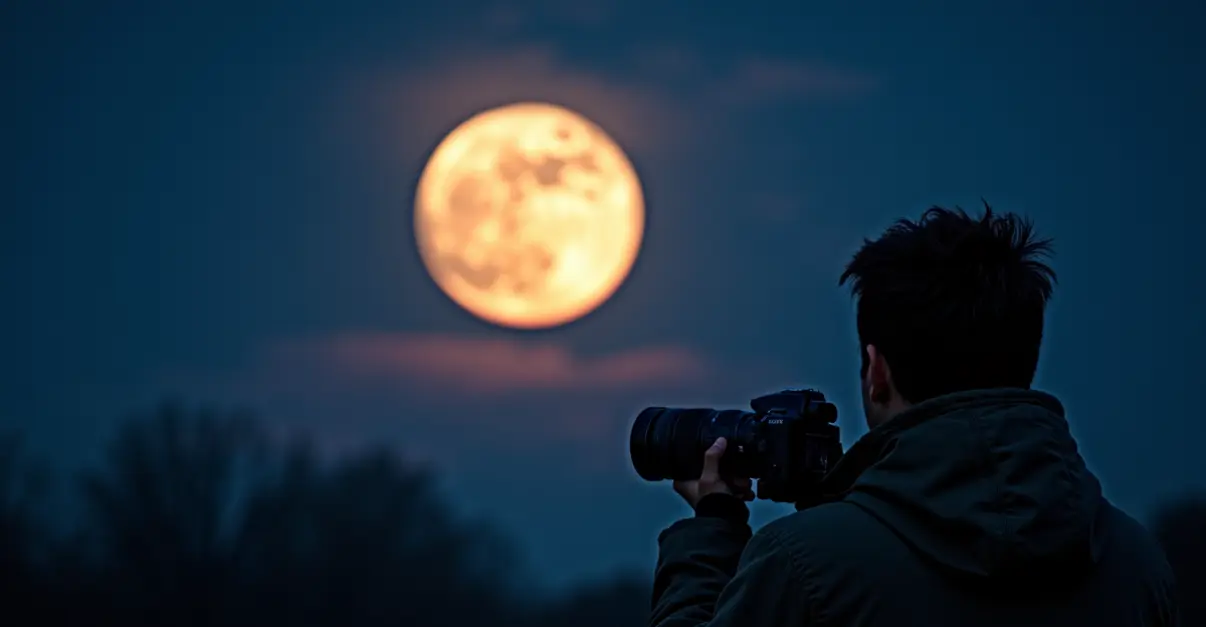The November 2025 supermoon is the year's brightest and closest full moon, appearing 14% larger and 30% brighter than average. Visible November 5, it requires no special equipment and offers perfect photography opportunities.

The Spectacular Super Beaver Moon of November 2025
Skywatchers are in for a celestial treat this week as the largest and brightest supermoon of 2025 graces the night sky. The November Beaver Moon will reach its peak illumination on November 5, 2025, at 14:19 CET, marking the second of three supermoons occurring in late 2025. This extraordinary event occurs when the full moon coincides with the moon's closest approach to Earth, creating a stunning visual display that requires no special equipment to enjoy.
What Makes This Supermoon Special?
The November 2025 supermoon will be particularly remarkable because it represents the closest approach of any full moon this year. According to astronomical data, the moon will be approximately 356,980 kilometers from Earth during this event, making it appear up to 14% larger and 30% brighter than the average full moon. 'This is the closest the moon will get to Earth during a full moon phase in 2025,' explains Dr. Sarah Johnson, an astronomer at the Royal Observatory. 'The combination of perfect timing and proximity creates an unforgettable viewing experience.'
The phenomenon occurs due to the moon's elliptical orbit around Earth. When the full moon phase aligns with perigee - the point in the moon's orbit closest to Earth - we experience what astronomers call a supermoon. The technical term for this alignment is perigee syzygy, though the more popular term 'supermoon' was coined by astrologer Richard Nolle in 1979.
The Beaver Moon Tradition
The November full moon has been traditionally known as the Beaver Moon, a name that dates back to Indigenous North American traditions. 'This was the time when beavers would be actively building their dams and lodges in preparation for winter,' notes cultural historian Dr. Michael Chen. 'For many tribes, it also marked the last opportunity for hunting before the rivers froze over.' This naming tradition reflects the deep connection between celestial events and seasonal activities in traditional cultures.
Optimal Viewing Conditions
The best time to observe this spectacular event is during the first hour after moonrise, when the moon appears low on the eastern horizon. This timing creates what's known as the 'moon illusion,' where the moon appears significantly larger than when it's high in the sky. 'When the moon is near the horizon, our brains compare it to familiar objects like trees and buildings, making it seem enormous,' explains visual perception expert Dr. Elena Rodriguez.
The low position also gives the moon a beautiful golden-orange hue as Earth's atmosphere scatters shorter blue wavelengths, allowing warmer colors to dominate. For observers in the Netherlands, moonrise occurs around 16:30 local time on November 5, providing perfect viewing conditions as darkness falls.
Photography Tips for the Supermoon
Photographers have a unique opportunity to capture stunning images of this celestial event. Even smartphone users can achieve impressive results by following a few simple guidelines. 'The key is to include foreground elements that provide scale and context,' advises professional astrophotographer Mark Thompson. 'Silhouettes of trees, buildings, or people against the massive moon create dramatic compositions.'
For those with more advanced equipment, using a tripod and manual exposure settings can help capture the moon's surface details. The supermoon's increased brightness means shorter exposure times are possible, reducing the risk of motion blur. Many photographers recommend using the 'looney 11' rule - setting aperture to f/11 and shutter speed to 1/ISO - as a starting point for lunar photography.
Scientific Significance and Future Events
While supermoons are primarily visual spectacles, they also provide opportunities for scientific observation. The increased brightness makes it easier to study lunar surface features, particularly the bright rays extending from impact craters. 'Supermoons offer excellent conditions for amateur astronomers to observe and document lunar features,' notes Dr. Johnson.
This November event is part of a series of three consecutive supermoons in 2025, with another following in December. The next time the moon will appear this large and bright during a November full moon will be on November 24, 2026. For those who miss this week's event, the December supermoon on December 6 will provide another excellent viewing opportunity, though it won't be quite as close as November's spectacular display.
Sources: Sky at Night Magazine, NASA Space News, Wikipedia Supermoon

 Nederlands
Nederlands
 English
English




